Satellite TV manufacturing businesses tend to have what economists call "economies of scale." When economies of scale exist, bigness can be its own reward. The more TV's you manufacture in a single run, lower the costs per unit, which in turn increases your bottom-line margins.
Keeping that in mind, a T.V. manufacturing company increases its production uniformly by fixed number every year. The company produces 8000, sets in the 6th year and 11,300 sets in the 9th year.
The company's production of the first year is:
2000
2500
3000
5000
The correct Answer is:B
To solve the problem, we need to determine the production of the first year based on the information given about the production in the 6th and 9th years.
1. Define the Variables:
Let the production in the first year be x and the fixed increase in production each year be d.
2. Establish the Production Equations:
- In the 6th year, the production can be expressed as:
Production in 6th year=x+5d=8000
- In the 9th year, the production can be expressed as:
Production in 9th year=x+8d=11300
3. Set Up the System of Equations:
We now have two equations:
(1)x+5d=8000
(2)x+8d=11300
4. Subtract the First Equation from the Second:
To eliminate x, we subtract equation (1) from equation (2):
(x+8d)−(x+5d)=11300−8000
This simplifies to:
3d=3300
5. Solve for d:
Divide both sides by 3:
d=33003=1100
6. Substitute d Back into One of the Equations:
Now substitute d=1100 back into equation (1):
x+5(1100)=8000
Simplifying this gives:
x+5500=8000
7. Solve for x:
Subtract 5500 from both sides:
x=8000−5500=2500
Conclusion:
The production of the first year is 2500.
Let the production in the first year be x and the fixed increase in production each year be d.
- In the 6th year, the production can be expressed as:
Production in 6th year=x+5d=8000
- In the 9th year, the production can be expressed as:
Production in 9th year=x+8d=11300
We now have two equations:
(1)x+5d=8000
(2)x+8d=11300
To eliminate x, we subtract equation (1) from equation (2):
(x+8d)−(x+5d)=11300−8000
This simplifies to:
3d=3300
Divide both sides by 3:
d=33003=1100
Now substitute d=1100 back into equation (1):
x+5(1100)=8000
Simplifying this gives:
x+5500=8000
Subtract 5500 from both sides:
x=8000−5500=2500
The production of the first year is 2500.
Topper's Solved these Questions
- BOOK - EDUCART PUBLICATIONCHAPTER - SAMPLE PAPER 5 EXERCISE - Part B (Section - III)8videos
SAMPLE PAPER 5
- BOOK - EDUCART PUBLICATIONCHAPTER - SAMPLE PAPER 5 EXERCISE - Part B (Section - IV)11videos
SAMPLE PAPER 5
- BOOK - EDUCART PUBLICATIONCHAPTER - SAMPLE PAPER 5 EXERCISE - Part B (Section - V)4videos
SAMPLE PAPER 5
- BOOK - EDUCART PUBLICATIONCHAPTER - SAMPLE PAPER 12 EXERCISE - PART - B (SECTION -V)4videos
SAMPLE PAPER 12
- BOOK - EDUCART PUBLICATIONCHAPTER - SAMPLE PAPER (SELF ASSESSMENT) 12EXERCISE - PART-B (Section-V)4videos
SAMPLE PAPER (SELF ASSESSMENT) 12
Similar Questions
The production of TV in a factory increases uniformly by a fixed number every year .It produced 8000 TV's in 6th year & 11300 in 9th year , find the production in 8th year .
View SolutionThe production of TV sets in a factory increases uniformly by a fixed number every year. It produced 16000 sets in 6th year and 22600 in 9th year. Find the production during (i) first year (ii) 8th year (iii) first 6 years.
View Solution
Knowledge Check
- Question 1 - Select One
Satellite TV manufacturing businesses tend to have what economists call "economies of scale." When economies of scale exist, bigness can be its own reward. The more TV's you manufacture in a single run, lower the costs per unit, which in turn increases your bottom-line margins.
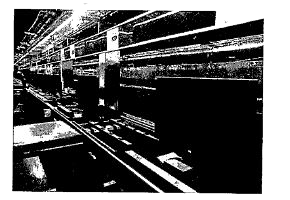
Keeping that in mind, a T.V. manufacturing company increases its production uniformly by fixed number every year. The company produces 8000, sets in the 6th year and 11,300 sets in the 9th year.
The company's production of the 8th year is:A9600B9800C10200D10500 - Question 2 - Select One
Satellite TV manufacturing businesses tend to have what economists call "economies of scale." When economies of scale exist, bigness can be its own reward. The more TV's you manufacture in a single run, lower the costs per unit, which in turn increases your bottom-line margins.
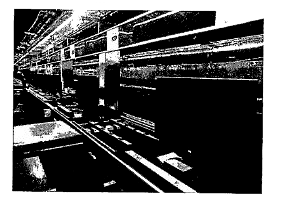
Keeping that in mind, a T.V. manufacturing company increases its production uniformly by fixed number every year. The company produces 8000, sets in the 6th year and 11,300 sets in the 9th year.
The company's total production of the first 6 years is:A28950B30150C30250D31500 - Question 3 - Select One
Satellite TV manufacturing businesses tend to have what economists call "economies of scale." When economies of scale exist, bigness can be its own reward. The more TV's you manufacture in a single run, lower the costs per unit, which in turn increases your bottom-line margins.
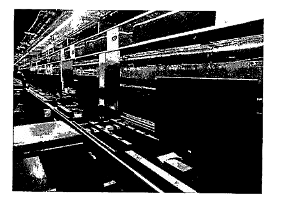
Keeping that in mind, a T.V. manufacturing company increases its production uniformly by fixed number every year. The company produces 8000, sets in the 6th year and 11,300 sets in the 9th year.
The company's production increases every year by:A2500B2200C1800D1100
Satellite TV manufacturing businesses tend to have what economists call "economies of scale." When economies of scale exist, bigness can be its own reward.
The more TV's you manufacture in a single run, lower the costs per unit, which in turn increases your bottom-line margins.
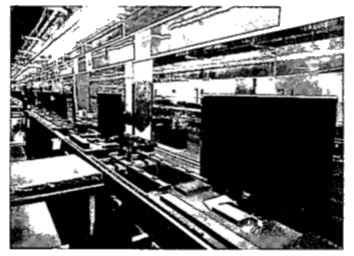
Keeping that in mind, a T.V. manufacturing company increases its production uniformly by fixed number every year. The company produces 8000 sets in the 6th year and 11,300 sets in the 9th year.
The company's production of the 8th year is:View SolutionSatellite TV manufacturing businesses tend to have what economists call "economies of scale." When economies of scale exist, bigness can be its own reward.
The more TV's you manufacture in a single run, lower the costs per unit, which in turn increases your bottom-line margins.
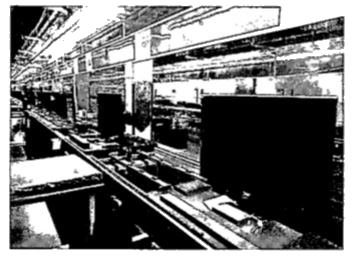
Keeping that in mind, a T.V. manufacturing company increases its production uniformly by fixed number every year. The company produces 8000 sets in the 6th year and 11,300 sets in the 9th year.
The company's total production of the first 6 years is:View SolutionSatellite TV manufacturing businesses tend to have what economists call "economies of scale." When economies of scale exist, bigness can be its own reward.
The more TV's you manufacture in a single run, lower the costs per unit, which in turn increases your bottom-line margins.
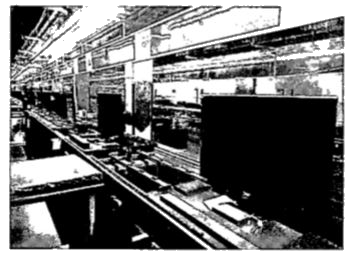
Keeping that in mind, a T.V. manufacturing company increases its production uniformly by fixed number every year. The company produces 8000 sets in the 6th year and 11,300 sets in the 9th year.
The company's production increases every year by:View SolutionSatellite TV manufacturing businesses tend to have what economists call "economies of scale." When economies of scale exist, bigness can be its own reward.
The more TV's you manufacture in a single run, lower the costs per unit, which in turn increases your bottom-line margins.
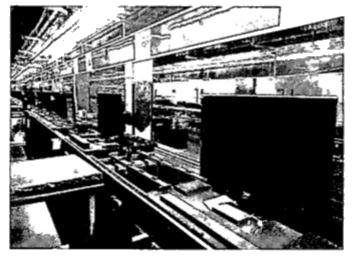
Keeping that in mind, a T.V. manufacturing company increases its production uniformly by fixed number every year. The company produces 8000 sets in the 6th year and 11,300 sets in the 9th year.
In which year the company's production is 9100 sets ?View SolutionSatellite TV manufacturing businesses tend to have what economists call "economies of scale." When economies of scale exist, bigness can be its own reward.
The more TV's you manufacture in a single run, lower the costs per unit, which in turn increases your bottom-line margins.
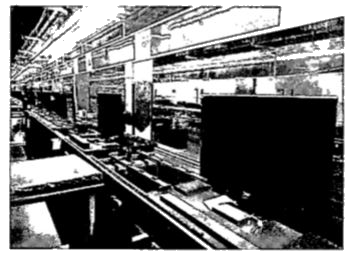 Keeping that in mind, a T.V. manufacturing company increases its production uniformly by fixed number every year. The company produces 8000 sets in the 6th year and 11,300 sets in the 9th year.
Keeping that in mind, a T.V. manufacturing company increases its production uniformly by fixed number every year. The company produces 8000 sets in the 6th year and 11,300 sets in the 9th year.
On the basis of the above information, answer any four of the following questions:
The company's production of the first year is:View Solution

